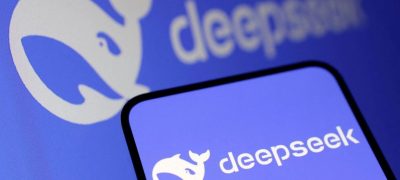OpenAI is testing a new ChatGPT feature that allows group chats, marking a significant shift in chatbot usage. The pilot is currently available in Japan, New Zealand, South Korea, and Taiwan.
The new feature lets up to 20 people join a single conversation. All participants can view the full chat history when they join, ensuring they stay up to date with ongoing discussions. The group chats work on both desktop and mobile versions of ChatGPT.
This functionality is powered by the newly launched GPT-5.1 model. Rate limits only apply when ChatGPT responds, allowing users to continue conversations without triggering message restrictions. Free-tier users follow standard message limits, while Plus and Pro subscribers enjoy higher response caps during group interactions.
ChatGPT automatically decides when to respond or remain silent, based on the context of the conversation. Users can mention “ChatGPT” to prompt a response at any time. Additionally, the chatbot can react with emojis and use profile photos to create personalized, fun images for group members.
OpenAI emphasized that feedback from the four pilot countries will shape the final design before a global rollout. The company has not shared a timeline for broader availability but expects adjustments based on early user experiences.
This group chat feature positions ChatGPT alongside other collaborative AI tools, such as Microsoft Copilot, which recently introduced a similar multi-user interaction concept. The functionality highlights the growing trend of AI platforms moving from individual assistance toward shared, interactive experiences.
By enabling multi-user conversations, OpenAI aims to make ChatGPT more engaging for teams, families, and communities, while providing a more dynamic and interactive AI experience. Users in pilot regions are encouraged to provide feedback to help refine the feature for future expansion.
In other news read more about TikTok Launches New Bulletin Board Feature For Creators
The introduction of group chats demonstrates OpenAI’s commitment to evolving ChatGPT beyond traditional one-on-one interactions, making it a versatile tool for social, educational, and professional applications.









